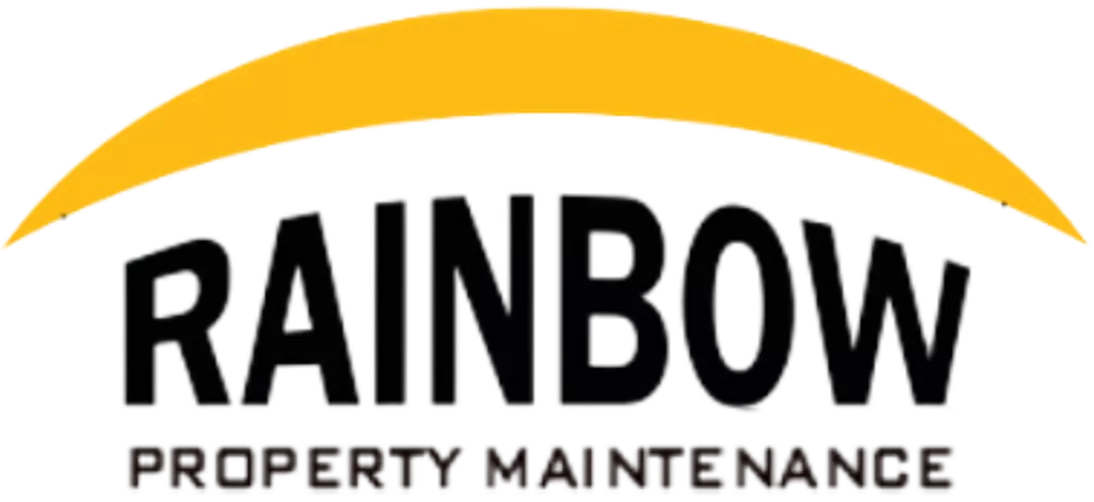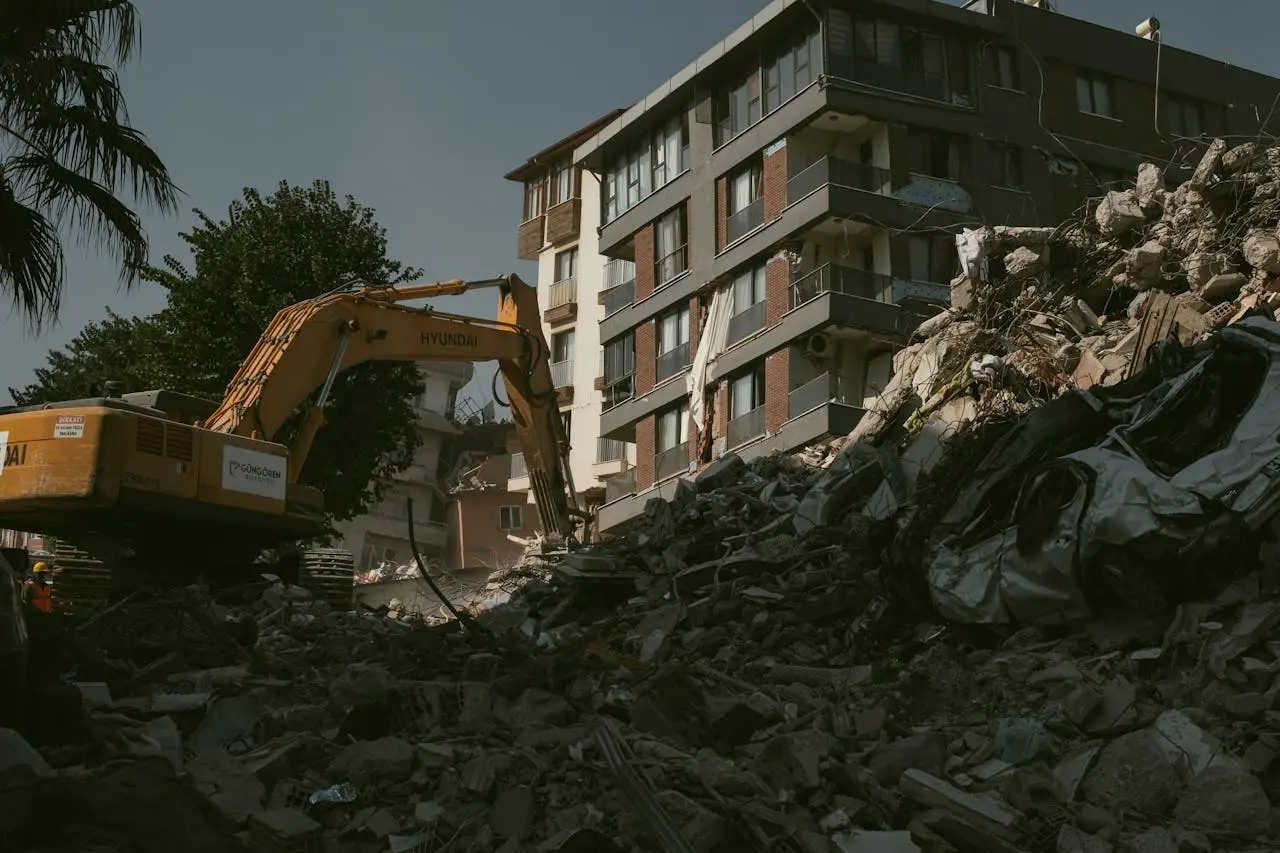Expert Debris Removal and Safety Tips: Safeguarding Your Property After Storms
Key Takeaways:
- Learn essential safety precautions for debris removal
- Discover professional techniques for handling fallen trees and branches
- Understand the importance of proper equipment and protective gear
- Explore the benefits of hiring commercial cleaning services for debris removal
- Gain insights on preventing property damage during cleanup
Introduction:
As the owner of Rainbow Property Maintenance, I’ve seen firsthand the devastating aftermath of storms and natural disasters. Fallen trees, scattered branches, and damaged structures not only pose immediate safety risks but can also lead to long-term property damage if not addressed promptly and properly. In this comprehensive guide, we’ll explore expert strategies for safely removing debris, helping you protect your property and ensure the well-being of everyone involved in the cleanup process.
With over two decades of experience in professional janitorial services and commercial cleaning, our team at Rainbow Property Maintenance has developed proven methods for efficient and safe debris removal. We understand the unique challenges faced by businesses and property owners in the wake of severe weather events, and we’re here to share our expertise to help you navigate these difficult situations.
1. Assessing the Situation: Safety First
Before diving into debris removal, it’s crucial to assess the situation carefully. Here are some key steps to take:
- Survey the area: Look for potential hazards like downed power lines, unstable structures, or gas leaks.
- Contact utility companies: If you suspect damage to utility lines, contact the appropriate providers immediately.
- Document the damage: Take photos and videos for insurance purposes before beginning cleanup.
- Create a plan: Prioritize areas that pose immediate safety risks or could lead to further damage.
Remember, safety should always be your top priority. If you’re unsure about handling the situation, it’s best to call in professionals. At Rainbow Property Maintenance, our professional janitorial services include expert debris removal and cleanup.
2. Essential Safety Gear for Debris Removal
Proper protective equipment is non-negotiable when it comes to debris removal. Here’s what you need:
- Hard hat
- Safety glasses or goggles
- Heavy-duty work gloves
- Steel-toed boots
- High-visibility vest
- Ear protection (for noisy equipment)
- Dust mask or respirator
Investing in quality safety gear can prevent injuries and make the cleanup process more efficient. Our professional cleaning teams always come fully equipped with the latest safety gear to ensure optimal protection.
3. Handling Fallen Trees and Large Branches
Fallen trees and large branches require special attention due to their size and weight. Follow these steps:
- Assess the tree: Determine if it’s stable or under tension.
- Clear the area: Ensure no one is in the potential fall zone.
- Use proper cutting techniques: If using a chainsaw, make relief cuts to prevent binding.
- Work in sections: Cut the tree into manageable pieces for easier removal.
- Be aware of kickback: Always maintain proper footing and grip when using power tools.
For large or complex tree removal, it’s often safer and more efficient to hire professionals. Our commercial cleaning services include expert handling of fallen trees and large debris.
4. Dealing with Damaged Structures
Damaged structures pose unique challenges and safety risks. Here’s how to approach them:
- Secure the area: Rope off unstable areas to prevent accidents.
- Remove loose debris: Start with smaller, manageable pieces.
- Use proper lifting techniques: Bend at the knees and lift with your legs to prevent back injuries.
- Be cautious of nails and sharp objects: Wear thick gloves and watch your step.
- Consider professional help: For extensive structural damage, it’s best to consult with experts.
At Rainbow Property Maintenance, we have the expertise and equipment to safely handle damaged structures as part of our comprehensive cleanup services.
5. Proper Disposal of Debris
Proper disposal is crucial for environmental safety and compliance with local regulations:
- Separate materials: Sort debris into categories (e.g., green waste, construction materials, hazardous waste).
- Use appropriate containers: Rent dumpsters or use heavy-duty bags for different types of debris.
- Follow local guidelines: Check with your municipality for specific disposal instructions.
- Consider recycling: Many materials can be recycled or repurposed.
Our professional janitorial services include responsible debris disposal, ensuring compliance with all local regulations.
6. Preventing Property Damage During Cleanup
While removing debris, it’s important to prevent further damage to your property:
- Use tarps: Cover exposed areas to prevent water damage.
- Be careful with equipment: Avoid dragging heavy debris across lawns or flooring.
- Protect landscaping: Use plywood to create pathways for heavy equipment.
- Clean gutters and drains: Ensure proper water drainage to prevent flooding.
Our team at Rainbow Property Maintenance is trained to minimize property damage during cleanup operations, protecting your investment while restoring safety.
7. The Importance of Professional Help
While some debris removal tasks can be handled by property owners, there are several reasons to consider professional help:
- Expertise: Professionals have the knowledge to handle complex situations safely.
- Equipment: Commercial cleaning services have access to specialized equipment for efficient removal.
- Insurance: Professional services are often covered by insurance policies.
- Time-saving: Experts can complete the job quickly, allowing you to focus on other recovery efforts.
- Comprehensive cleanup: Professionals ensure thorough removal and proper disposal of all debris.
At Rainbow Property Maintenance, our comprehensive services include everything from initial assessment to final cleanup, providing peace of mind during challenging times.
8. Long-term Prevention and Preparedness
After addressing immediate debris removal needs, consider these long-term strategies:
- Regular tree maintenance: Trim dead branches and remove unstable trees before storms hit.
- Secure outdoor items: Anchor or store loose objects that could become projectiles in high winds.
- Create a disaster plan: Develop and practice an emergency response plan for your property.
- Invest in storm-resistant features: Consider impact-resistant windows or reinforced roofing.
Our team can help you develop a customized maintenance plan to reduce future storm damage risks.
Conclusion:
Debris removal after storms or natural disasters is a critical task that requires careful planning, proper equipment, and expert knowledge. By following these safety tips and best practices, you can protect your property and ensure the well-being of everyone involved in the cleanup process.
At Rainbow Property Maintenance, we’re committed to helping our clients navigate the challenges of post-storm cleanup. Our expert team is equipped with the knowledge, tools, and experience to handle all aspects of debris removal safely and efficiently. Whether you’re dealing with fallen trees, damaged structures, or widespread debris, we’re here to help.
Don’t let the aftermath of a storm overwhelm you. Contact us today to learn more about our debris removal services and how we can help you restore safety and order to your property.
FAQ:
- How soon after a storm should I start debris removal? Start as soon as it’s safe to do so, typically after authorities have given the all-clear. Prompt action can prevent further damage.
- Can I burn debris on my property? This depends on local regulations. Many areas prohibit burning debris due to air quality concerns. Always check with local authorities first.
- What should I do if I find animal nests in debris? Carefully relocate the nest if possible. If you encounter injured wildlife, contact a local animal rescue organization for assistance.
- How do I handle hazardous materials like asbestos or lead paint in debris? Do not attempt to remove these materials yourself. Contact a certified hazardous waste removal company to handle these safely and legally.
- Is debris removal covered by insurance? Many homeowners and business insurance policies cover debris removal after storms. Check with your insurance provider for specific coverage details.
- How can I protect my property from future storm damage? Regular maintenance, tree trimming, securing loose items, and investing in storm-resistant features can help minimize future damage.
- What equipment do I need for safe debris removal? Essential equipment includes protective gear (gloves, goggles, hard hat), sturdy tools (rakes, shovels, chainsaws), and proper disposal containers.
- How do I dispose of electronic waste found in storm debris? Electronic waste should be separated and taken to designated e-waste recycling centers to prevent environmental contamination.








